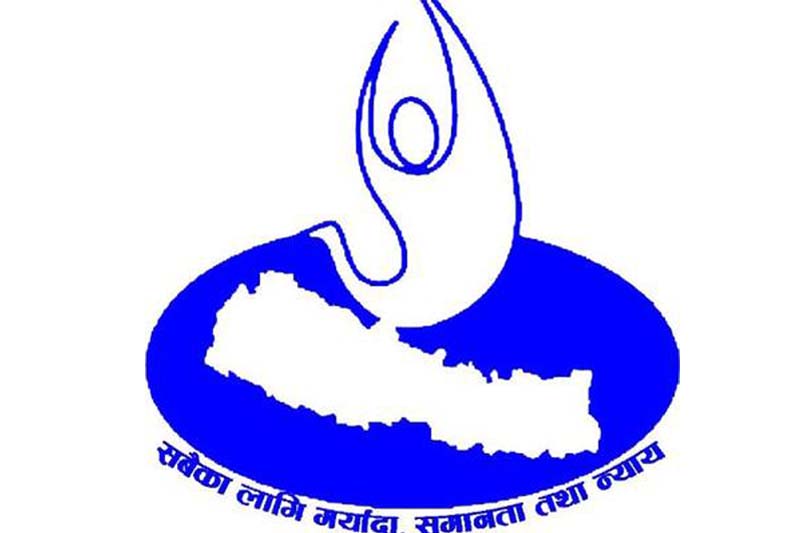Number of missing children rises after 2015 earthquakes: Study
Kathmandu, July 8
The number of missing children increased after the 2015 earthquakes compared to a year before the disaster, says a report recently published by National Human Rights Commission.
According to National Report on Trafficking in Persons 2015/16, the number of missing children increased from 2,293 to 2,394 – an increase by more than 4 per cent.
Among the 12 districts, the number of missing children reported in Kathmandu declined from 1,464 to 1,229. Other districts include Dhading, Nuwakot, Rasuwa, Kathmandu, Bhaktapur, Makwanpur, Kavre, Sindhupalchowk, Dolakha, Ramechhap, Sindehuli and Okhaldhunga.
The reason for decline in the number of missing children in Kathmandu while all other earthquake hit districts witnessed an increase may be due to the fact that hordes of people, especially migrants, left Kathmandu Valley immediately after the April 2015 earthquake due to fear of recurrence of quakes.
“On the other hand, all district police offices, except in Kathmandu, have reported that they received more missing complaints after the earthquake compared to a year before the disaster. Excluding Kathmandu, the number of children reported missing in the earthquake hit districts increased considerably. It increased from 829 a year before the earthquake to 1,165 a year after the earthquake – an increase by 40.5 per cent,” said the report.
Citing the Central Investigation Bureau of Nepal Police, the report read. “Given the sensitiveness of the investigation, details cannot be disclosed now. But from information we have so far, it can be said that children who have left the districts might have been taken to India.”
A special team of CIB has been collecting and verifying the data on missing children after the earthquake.
In the report, ‘missing persons’ are defined as those who have been reported to be missing in police offices. ‘Not found persons’ are those who were reported to be missing and were not found by Nepal Police or any other organisations or individuals by the end of the fiscal year. Untraced rate is defined as the percentage of missing persons who remain missing. It is derived by dividing the number of missing persons still not found in a year by the total number of missing persons in the corresponding year.
The Balbalika Khoj Talash Kendra, Kathmandu maintains data of those children who have been reported missing and this information is published by the Child Welfare Board in its annual report. The number of children reported missing is 1,502 in the fiscal 2015/16.
Of the total missing children reported, girls outnumber the boys (60 per cent vs 40 per cent) and more than one-third of missing children were reported to be in the age group of 14-16 years – revealing that this age group’s children, especially girls are vulnerable to be trafficking. Overall, untraced rate is 73.5 percent with very high untraced rate for girls (78 per cent) against boys (66 per cent).






